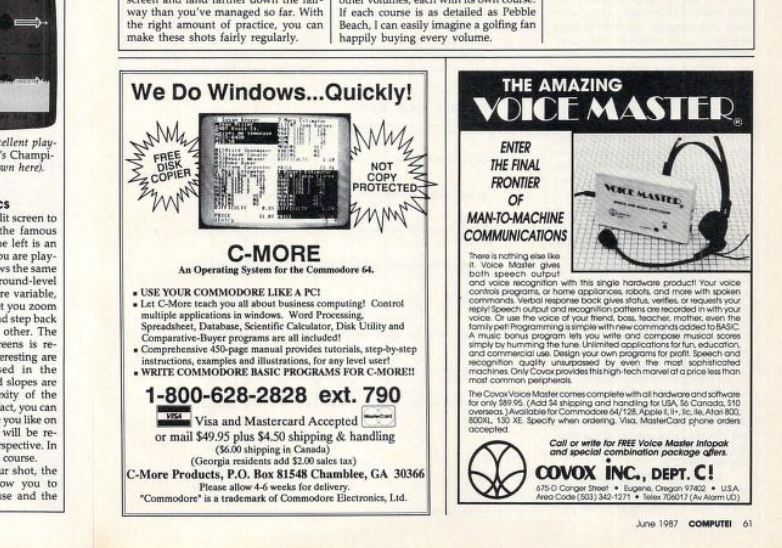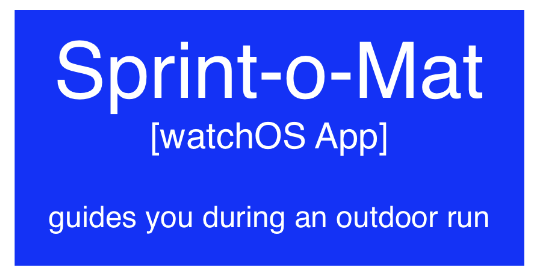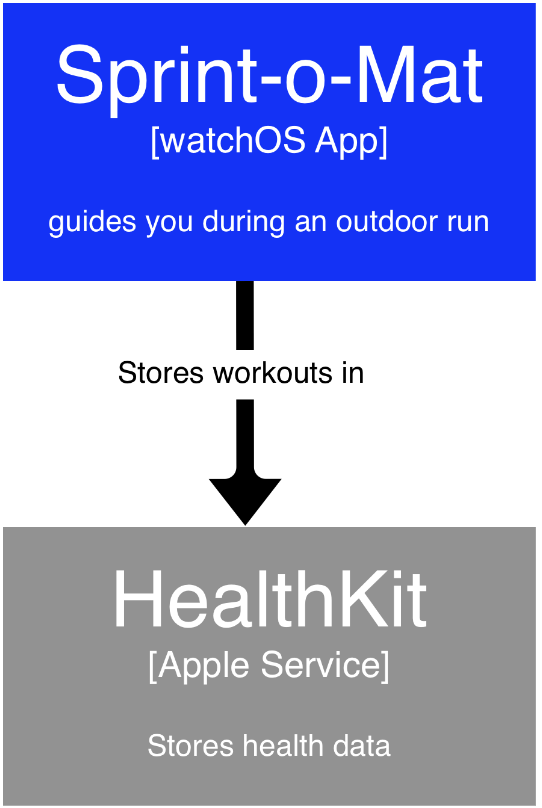My early career was in writing financial options software, so I’ve been around the concept for options for a long time. The general characteristic that’s important to understand is that it has a fixed, low cost and a (low-relative-probability) of very high upside.
My ex-boss, Philip Brittan, wrote this piece about optionality back in 2014 on an internal blog and recently posted it publicly. It goes over the technical details, but generally, when I read it I was reminded about the power of the generic concept of options when applied more broadly.
He ended: “In general, you should be on the lookout for situations that naturally make you long options and give an asymmetrical (‘unfair’) advantage”. (being “long options” means you have options — as opposed to short, where someone has options on you).
Applied broadly, there are many things that “have optionality”. For example, renting instead of buying. But, for now, let’s concentrate on optionality in compensation.
At the time I read this, I was consulting. The kind of optionality that consulting offers is options on opportunity and freedom. You can easily change what you are doing or when and where you work. You can stop and start at will, comparatively. But, in consulting, pay is mostly tied to work and does not have options-like returns.
Before that, and for most of my career, I worked for startups that had some kind of optionality in the pay structure. My first job had an unlimited profit-sharing bonus pool that was literally a percent of profit that was not capped. At other times I had equity-like instruments, options, or RSUs. I also did limited work for free for a share in future profits.
My personal finance plan was just a normal compounded returns and high savings with an exponential curve, but when I look at what actually happened, there are these moments of step-wise lumps when one of these options paid off. I was lucky, for sure, but also, I took a lot of shots.
The key was that my options mostly felt free to me. I was completely satisfied with the job and guaranteed pay, so the option was extra. It might be true that I could get more elsewhere, but I was satisfied.
My default plan would still work.
I think of optionality in compensation the way some people think about playing the market with “play money”. I’d be ok if the options expired worthless. It’s another way I think programmers can “beat the market” with labor instead of by picking stocks.


